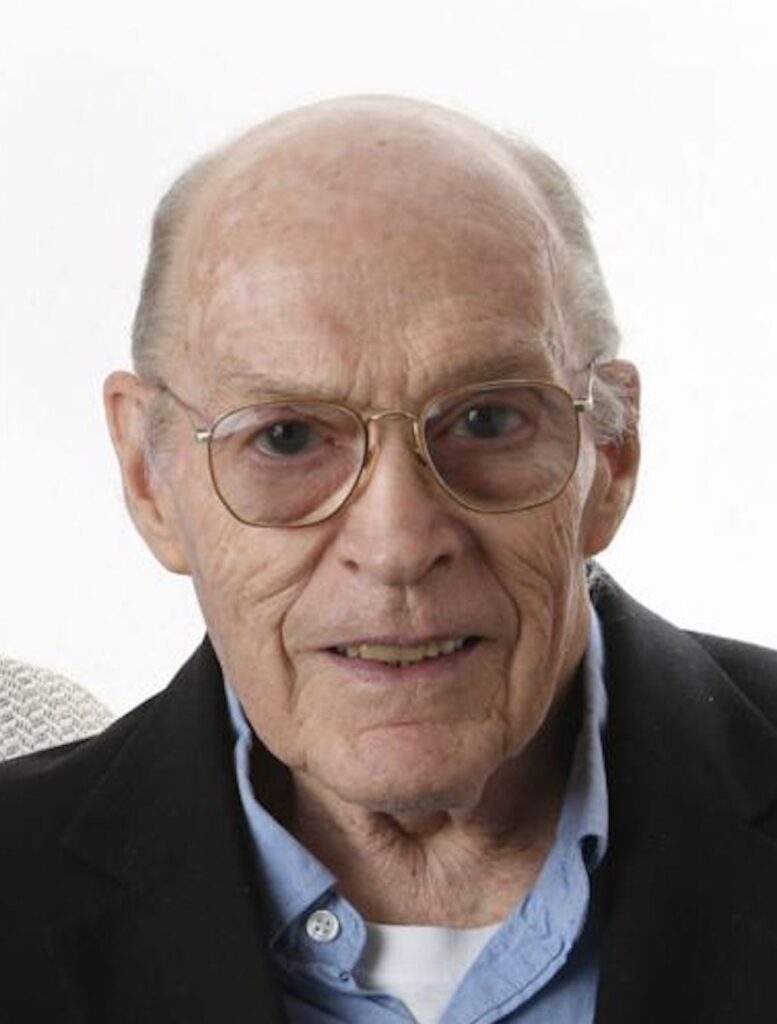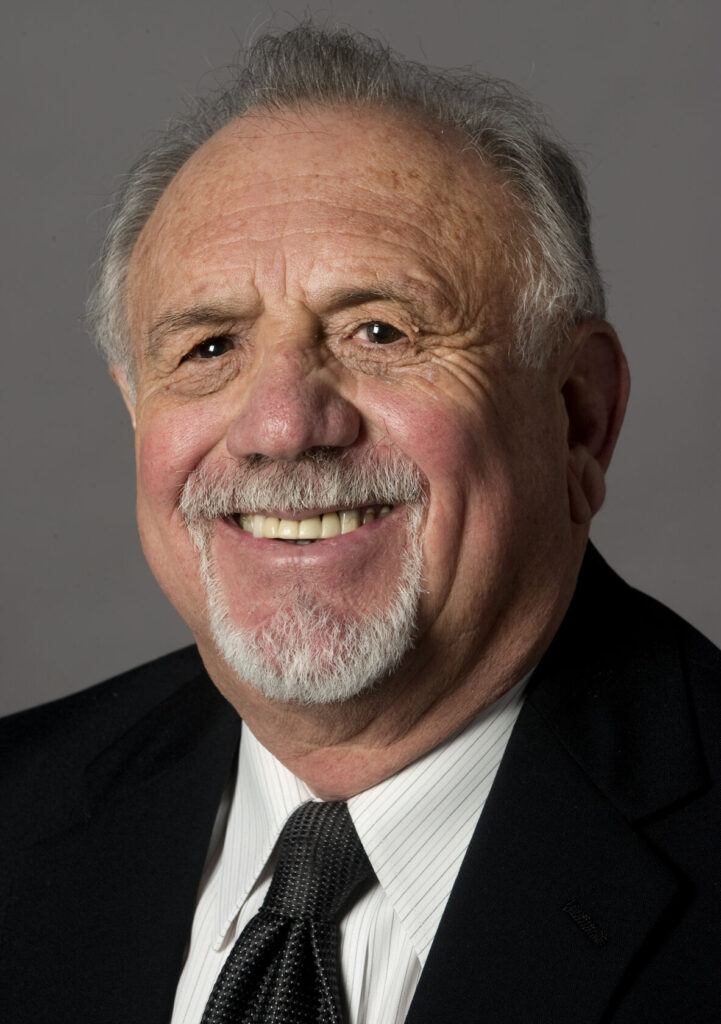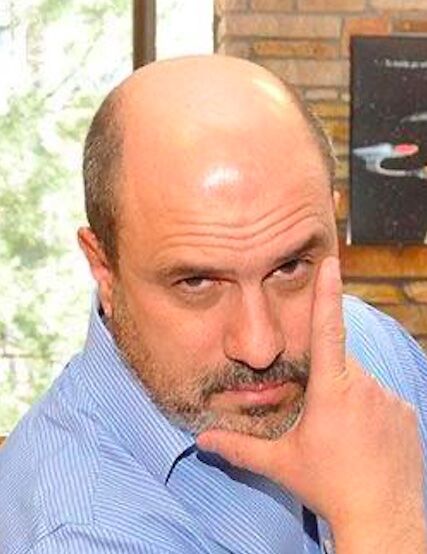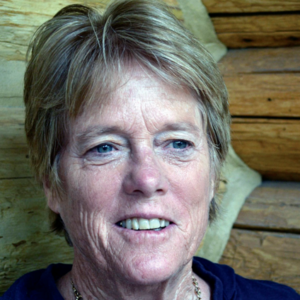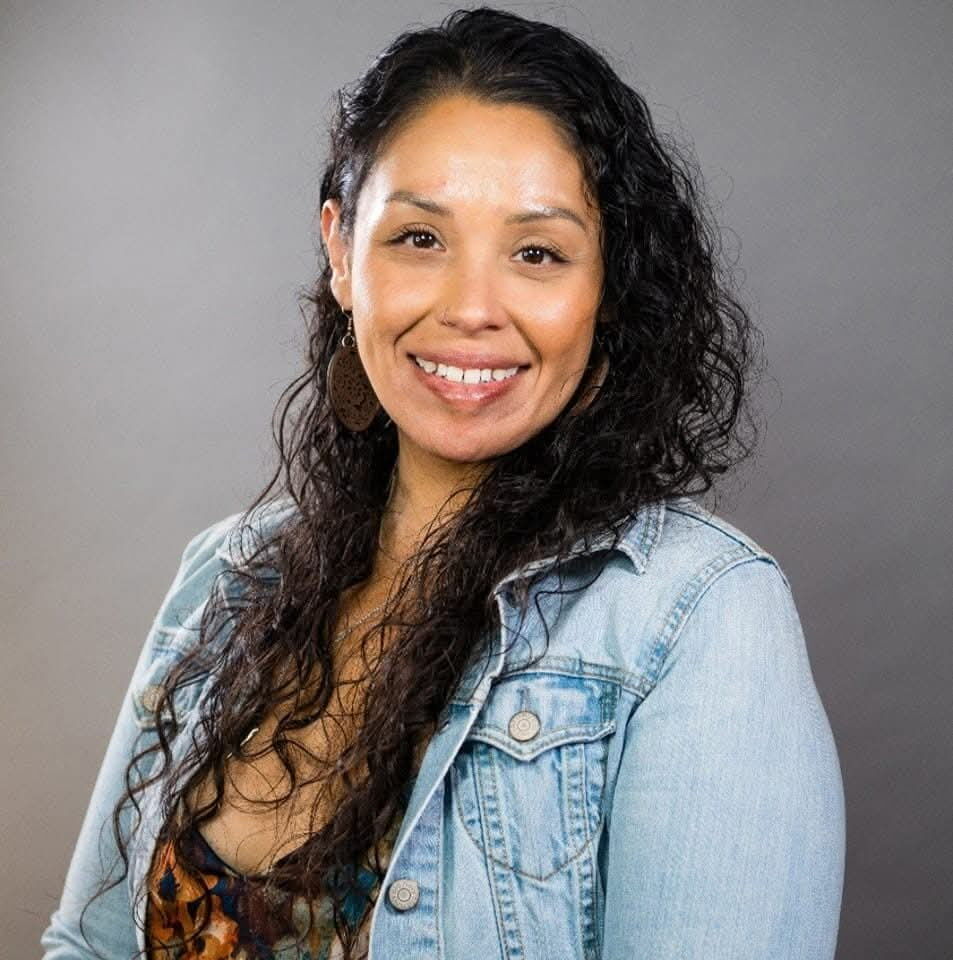HUDSON | Consult the survivors before replacing Columbine High School
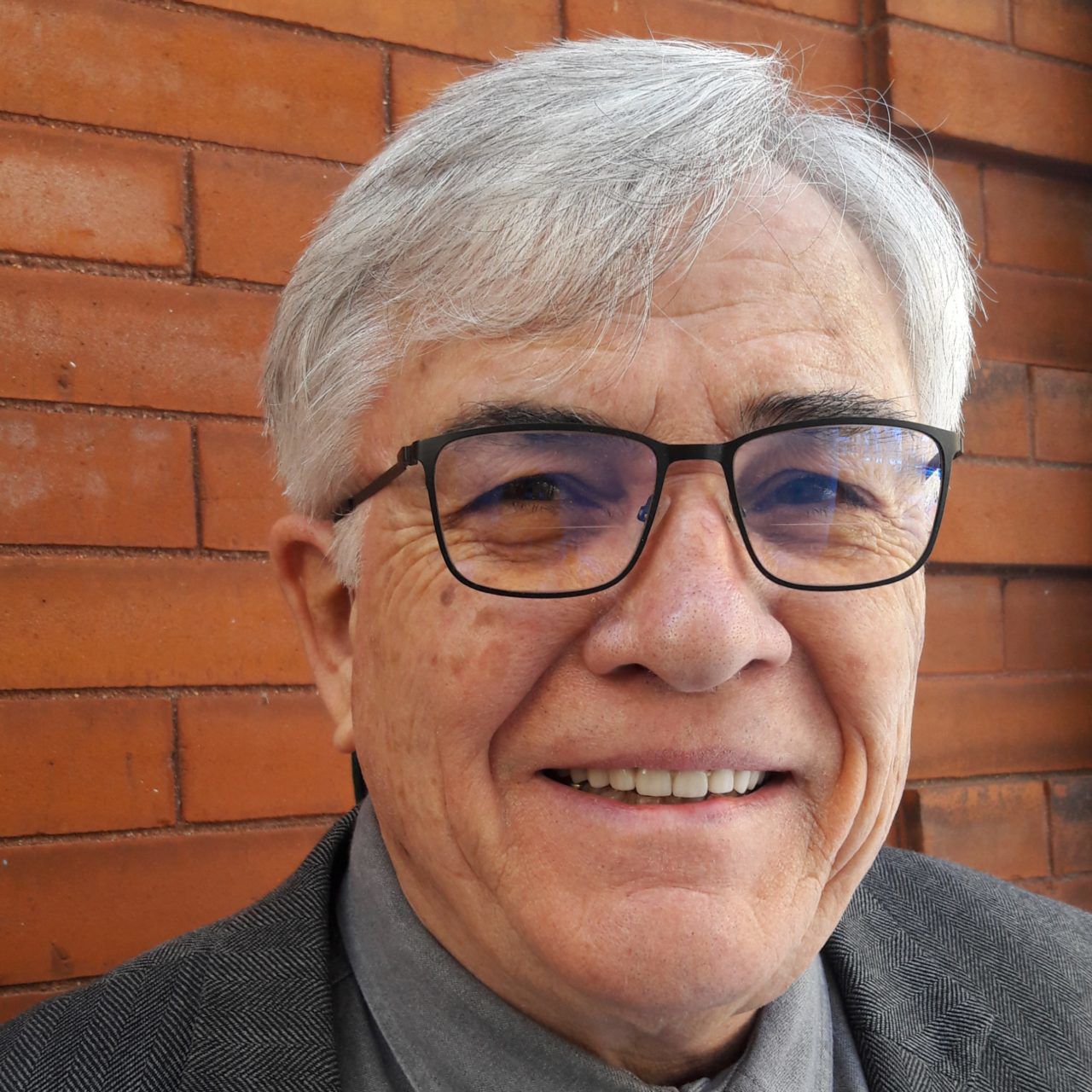
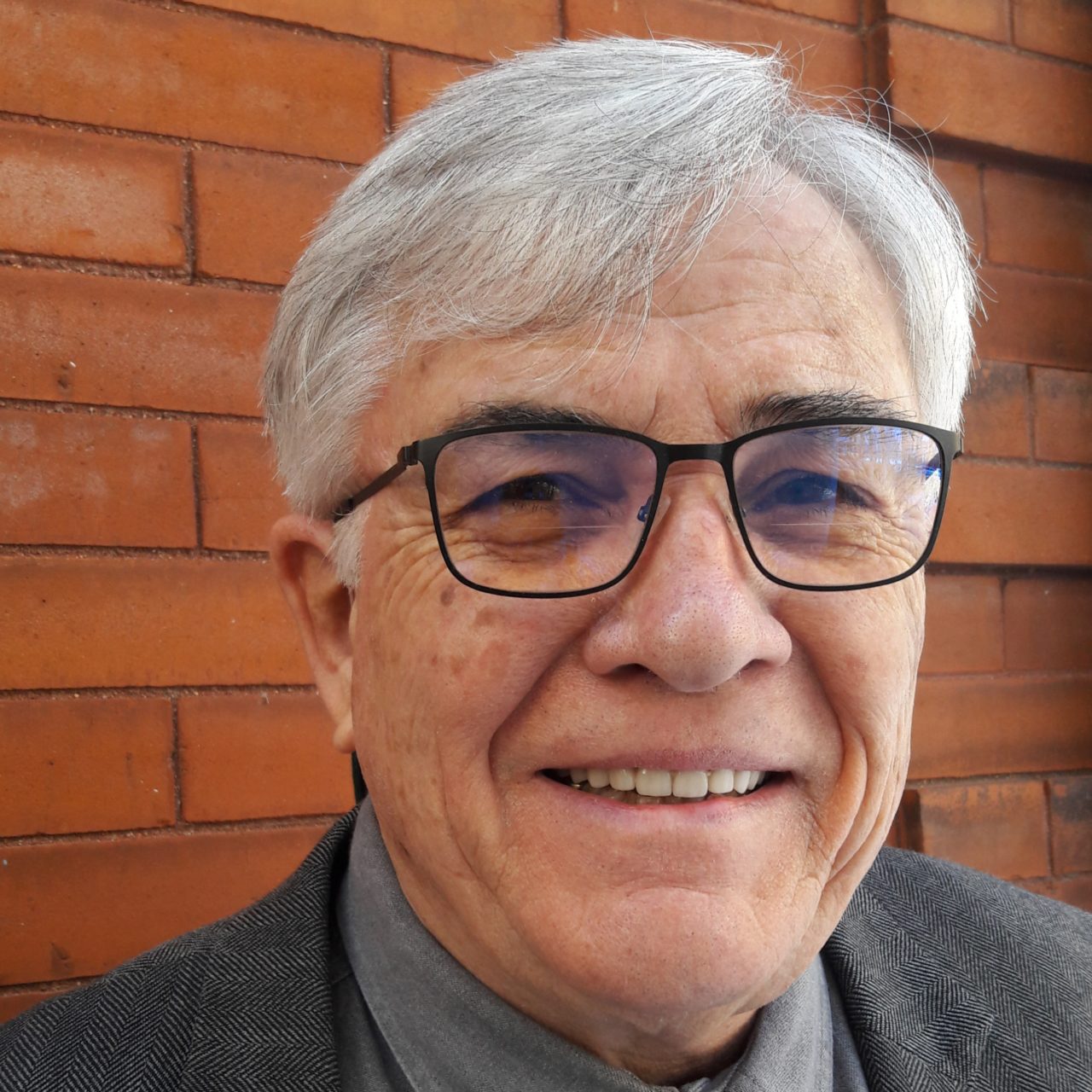
Nearly 40 years ago the Denver Public Schools announced their intention to demolish North High School on Speer Boulevard and replace it with a ground-hugging, windowless, concrete coffin – closer in appearance to a maximum security prison than an enduring monument to learning. North, like its sister schools West, South and East, is an architectural gem that serves as a taxpayer testament to the significance of public education. Pupils who walk through their doors today cannot ignore each school’s legacy handed down from a century of graduates who preceded them. The proposal for a new North High School ran into the same buzz saw of public resistance that greeted “New Coke” a decade later. Parents, graduates and students turned out by the hundreds to demand the school’s massive shell be preserved – even if the interior were refurbished. I penned an op-ed suggesting the proposed replacement was indistinguishable from a cookie factory, lacking in character and disrespectful of kids.
The School Board eventually buckled beneath the opprobrium aimed at them from Viking alumni, and they grudgingly agreed to repurpose the existing structure. Not only did this save money, but the resulting internal courtyard and new auditorium were terrific improvements. Classrooms retained their natural lighting from wide expanses of windows and the result felt more like a temple to education. Without this insurrection, it is likely DPS would have set its eyes on leveling the remainder of Denver’s flagship high schools. You can find examples of the featureless, boring school buildings built during the ’70s and ’80s scattered across the city and throughout Denver suburbs. It baffles the mind why anyone believed these were a good idea. You only have to drive by Lake Middle School at the east end of Sloan’s Lake, one of Temple Buell’s brickwork jewels that looks more Hogwarts than academy, to realize it was constructed at a time when voters weren’t pinching pennies.
Recently there has been talk of scraping off Jefferson County’s Columbine High School, which has become an improbable mecca for bizarre pilgrimages from the morbidly curious to the borderline deranged. Several thousand are run off by security each year since the tragedy that apparently has endowed the building with unending notoriety.
The past few years I’ve had an opportunity to visit the Columbine campus each spring for class discussions of the Vietnam War. A group of veterans is invited to meet with students and share their experience of that jungle struggle. Unlike North High School, Columbine is a singularly dreary, featureless structure. Virtually windowless, it has a foreboding, institutional feel that borders on the claustrophobic. There is, however, a coffee and cruller stand operated early each morning in order to raise funds for school programs that I would have enjoyed when I was a teenager. Fear not, these students are bright, engaged and thoughtful. Despite the recurring alarm that our next generation is destined to escort America to perdition, I see no such threat.
I’ve asked Columbine students what they think of their building. While deeply loyal to its staff and the Rebel spirit, several acknowledge the structure is something of a mess. Phrases like ugly, plain and “office park cube farm” slip into their responses. Perhaps the funniest was the observation that, “We could be hosting Iranian centrifuges for all you can tell from the outside.” But before any decision to replace the building is made, it feels as though the survivors of the 1999 shooting should have a disproportionate say in the final decision.
Interviews this past spring, prior to the 20th anniversary of the Harris-Klebold terror, evidenced the continuing influence this event continues to exercise in the lives of survivors. If the majority feel it is important to preserve the existing building, perhaps their preference should be respected. On the other hand, if it represents a memory they would just as soon see erased, that should also carry special weight. For the rest of the Columbine community, either choice must present a quandary. Whatever their decision, the school will always be first remembered for the horror once visited there.
If, however, a new building is constructed, the sacrifice of those who lost their lives could be acknowledged by renaming the new school in honor of Dave Sanders, the teacher who gave his life protecting students. But, more importantly, it would be nice if Jefferson County put a little grandeur into this effort. That doesn’t require the monumental displays Denver opted for a century ago, but something aspirational seems in order. The dozen students who died on April 20, 1999, deserve that much.
Miller Hudson is a public affairs consultant and a former state legislator. He can be reached at mnhwriter@msn.com.


